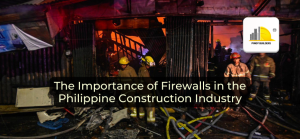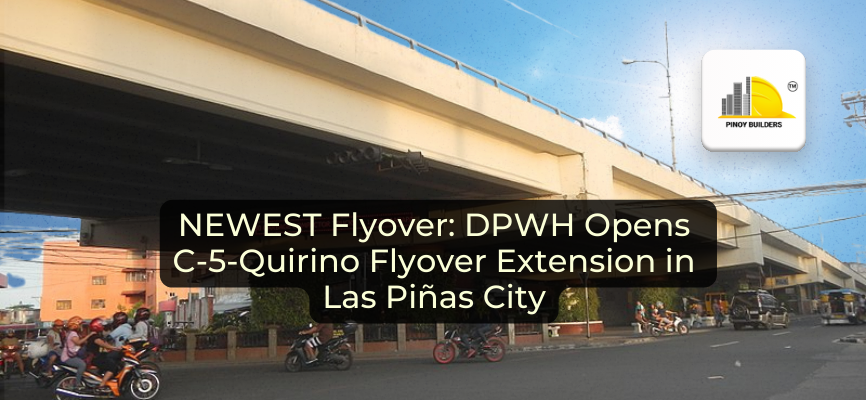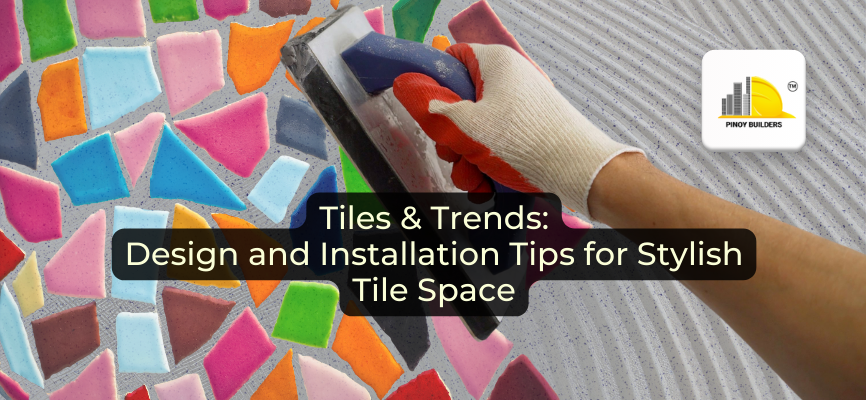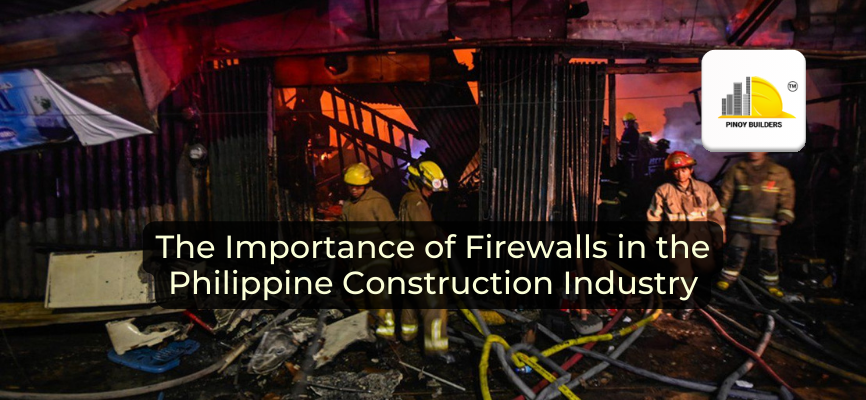The traditional burial practice promoted by the Catholic church has been the common method accepted in the Philippines for centuries, ever since the Spanish period. However, it is important to know that many burial practices now considered unconventional and maybe even strange actually existed in the pre-colonial Philippines, with some of them sharing quite the similarity to many emerging burial practices today. Now, many parts of the world are creating, considering, and adopting newer burial practices, and it is a wonder if the Philippines is finally comfortable in breaking free from the common burial practices we followed for centuries.
Many of the new burial methods springing up around the world are designed for the advancement of science and the consideration of sustainable practices rather than for observing religious conventions. While most of the residents of the Philippines are Catholic and subscribe to its traditions and beliefs, modern innovations in human burial are slowly becoming a plausible option for many Filipinos. In this article, we will feature 5 of the most innovative but non-traditional burial practices emerging from all over the world.
Is the Philippines Ready For These New Types of Burial Concepts?
In the Philippines, the traditional way of honoring and burying the dead typically includes a mourning period, a ceremonial mass, a cemetery lot, and a coffin to be buried underground or sealed in a tomb. Even the common burial practice of cremation that is popular in other parts of the world is still not as common as the traditional burial practice in the Philippines, although has been gaining traction, especially for the middle and lower classes. There has been a significant push for better and more sustainable ways, though, as many Filipinos are considering burial practices that are less expensive and with less impact on the environment. Below are 5 non-traditional burial types from all over the world.
1. Green Burial

Image from Fortune
Possibly a concept inspired by the Natural Burial movement that began with the opening of the all-natural cemetery Ramsey Creek preserve in Westminster, S.C.in 1998, Green Burial is a sustainable burial method that cuts all the environmentally harmful effects of traditional burial practices. Green Burial is less of a new concept and more of a re-imagination of what humans used to do before the 19th century, wherein the unembalmed bodies of those who have passed away are simply prepared and covered in cloth Sans the harmful preserving chemicals before they are buried underground. Green Burial is gaining popularity because more and more people are becoming attracted to the concept of contributing to the ecosystem after death.
2. Tree Burial
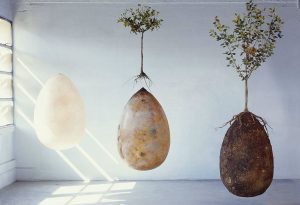
Image from Philippine Star
Similar to Green Burial, Tree Burial is also a sustainable concept that is becoming a new alternative to traditional burial practices. Most of the method followed in Tree Burial is the same as in Green Burial, except that the body can also be cremated before it is mixed in soil in an eco-friendly, decomposable pot or an egg-shaped organic basket with a seed that will then be nurtured into a tree. The ultimate goal of this method is to create a cemetery that is full of flourishing trees instead of decaying, neglected tombstones.
3. Eternal Reef
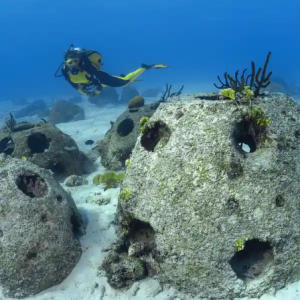
Image from The Guardian
Care to extend your eco-friendly contributions to the depths of the sea? Eternal Reef is a new and innovative burial method that helps with the restoration of destroyed reefs by creating a new bio-friendly material made of a mixture of concrete and crushed human bones from cremation. Georgia-based Eternal Reefs is a burial company that wants to restore reeds, attract fish and other water organisms and endorse the proliferation of new underwater habitats.
4. Water Cremation
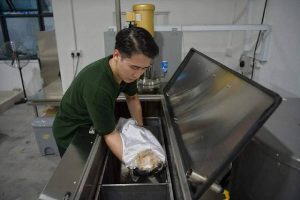
Image from Nation Thailand
Water cremation, also known as alkaline hydrolysis, is the burial practice of dissolving a body in a big container full of a solution that will dissolve the entire body of the deceased apart from the bones. The bones of the body will then be cremated and sent back to the family. According to AARP, this process of cremation is much more sustainable than usual cremation, which, of course, uses fuel to burn the body of the deceased and releases a lot of carbon dioxide into the atmosphere. This type of cremation is not yet prohibited in all parts of the world, although it has been picked up in 15 states in the U.S.
5. Mummification

Image from SUMMUM
Many people are aware of the concept of mummification as a practice common in ancient Egypt. This burial practice was followed for religious practices then, however now the practice is becoming common for the world’s richest for scientific and medical research. Modern mummification as a burial practice is actually more focused on preservation and less on actually burying the dead. However, it is one modern form that is certainly becoming popular, especially for the burial of beloved pets.
Burial Practices In The Philippines
In the Philippines, traditional burial practices approved by religious groups are still common, alongside cremation using fuel, However, there are many types of burial practices that are becoming popular in other parts of the world, and it may only be a matter of time before the Philippines pick up some of these more sustainable practices. Indeed, there is more than one way of honoring the dead, and with the oncoming celebrations, it is important to understand that honoring the memory and life of the deceased is the most important part of it all.
References
- CNN Philippines. (2019, October 31). Cremation becoming a popular option among Filipinos. CNN Philippines. Retrieved October 20, 2023, from https://www.cnnphilippines.com/news/2019/10/31/on-the-record-cremation-filipino-catholic.html
- CNN Philippines. (2019, October 31). Cremation becoming a popular option among Filipinos. CNN Philippines. Retrieved October 20, 2023, from https://www.cnnphilippines.com/news/2019/10/31/on-the-record-cremation-filipino-catholic.html
- Erizanu, P. (2017, May 3). The biodegradable burial pod that turns your body into a tree. CNN. Retrieved October 20, 2023, from https://edition.cnn.com/2017/05/03/world/eco-solutions-capsula-mundi/index.html
- Pappas, S. (2011, September 9). After Death: 8 Burial Alternatives That Are Going Mainstream. Live Science. Retrieved October 20, 2023, from https://www.livescience.com/15980-death-8-burial-alternatives.html
- Pott, L. (2017, November 20). 6 Funeral Trends That Are Changing Death Rituals. AARP. Retrieved October 20, 2023, from https://www.aarp.org/home-family/friends-family/info-2017/funeral-ceremony-trends-fd.html
- Wikipedia. (n.d.). Funeral practices and burial customs in the Philippines. Wikipedia. Retrieved October 20, 2023, from https://en.wikipedia.org/wiki/Funeral_practices_and_burial_customs_in_the_Philippines




